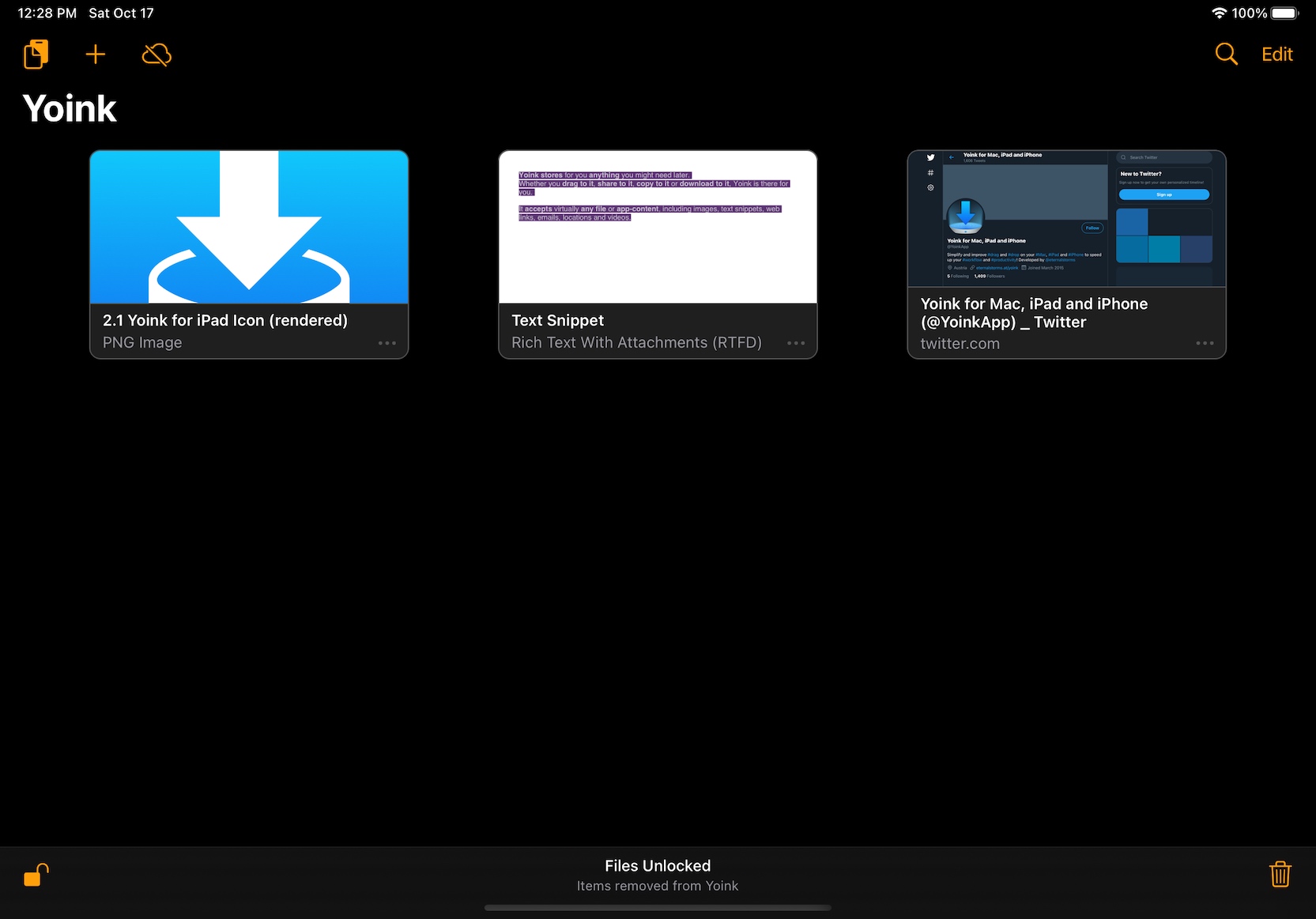
#YOINK OR NO YOINK FREE#
If u have any general questions, feel free to reply and ill try to answer them to the best of my abilities I myself wouldn’t trust the dev much anymore, and I think Jon doesn’t trust him much too because the exploit was taken down shortly after this came up.Īutho I don’t have any official statement from him, but I can assume its a low chance of yoink being added again

It begs the question of why was it still there. Prob not beauce even though the miner wasn’t actually proven to do anything. The infected files claimed to be deleted but some of it is still left:

"Toward a practical method for adaptive QM/MM simulations." Journal of Chemical Theory and Computation 5.9 (2009): 2212-2221.Yoink was discovered to have a crypto-miner in it but was not actively mining when the user was using yoink. "QM/MM simulation of liquid water with an adaptive quantum region." Physical Chemistry Chemical Physics 14.2 (2012): 646-656.īulo, Rosa E., et al. Methods to alleviate the discontinuity problem: Adaptiveīernstein, Noam, et al. "The number-adaptive multiscale QM/MM molecular dynamics simulation: Application to liquid water." Chemical Physics Letters 524 (2012): 56-61. "A QM/MM simulation method applied to the solution of Li+ in liquid ammonia." Chemical physics 211.1 (1996): 313-323. "A Density‐Based Adaptive Quantum Mechanical/Molecular Mechanical Method." ChemPhysChem 15.15 (2014): 3218-3225. Also distance and number based partitioning methods are available. Its main feature is to do density based adaptive QM/MM partitioning. copy the executable jar file "build/libs/Yoink-.jar Features -Ědaptive QM/MM partitioning methods.after gradle build is finished, go to folder "examples".The smoothing factors are shown as a PropertyList in the output xml files.The MM region includes molecules labelled as: MM_NOBUFFER, BUFFER.The QM region includes molecules labelled as: QM_CORE_FIXED,QM_CORE_ADAPTIVE,QM_ADAPTIVE.The ID of molecule represents the region to which it belongs. The results will be written as *.xml files in the output folder.Note: The application.properties file contains default parameters.Īfter it starts, it will keep looking for *.xml files in the input folder and execute corresponding jobs unless the user terminates it.For every molecular system, we can define specific parameters in the section of parameterList in xml file.In the beginning, we need to predefine the fixed QM core and the rest as MM, see example below. The required xml file is in the format of CML.There are some example xml input files in.The Yoink program scans all *.xml files in the folder inputs (default) to find any job requests that will be processed by Yoink.Then open file build/docs/javadoc/index.html with web browser 3. In order to read java documentation use the following command:

gradlew clean build Note: Yoink should be rebuilt using the above gradle command anytime changes are made to the source code.Īfter the building phase is completed, the executable jar file can be found in: In order to build the yoink program please use the following gradle command:

To obtain a copy of the source code, please enter the following git command: It enables one to identify QM and MM regions in a given system with a predefined fixed QM core. Yoink is a JAVA program for adaptive QM/MM partitioning.


 0 kommentar(er)
0 kommentar(er)
